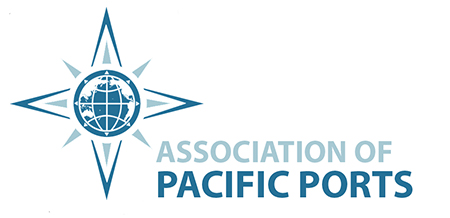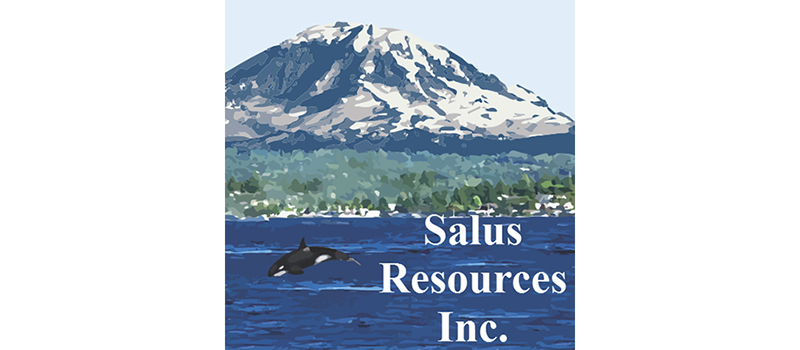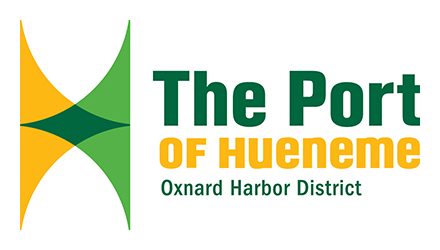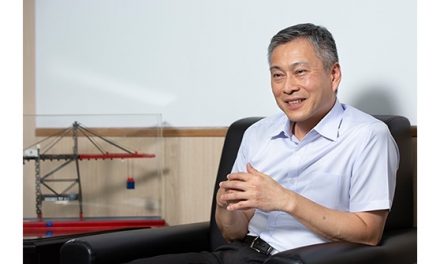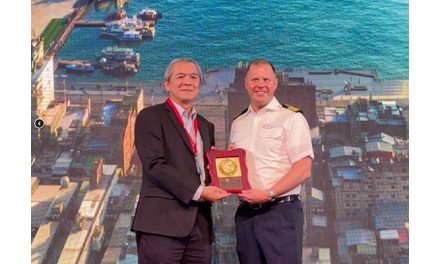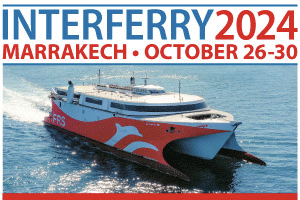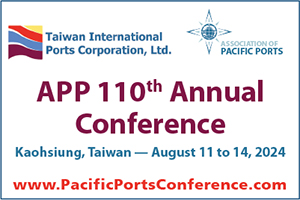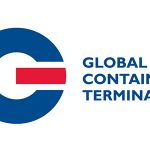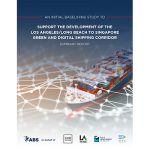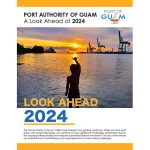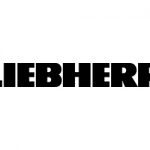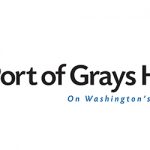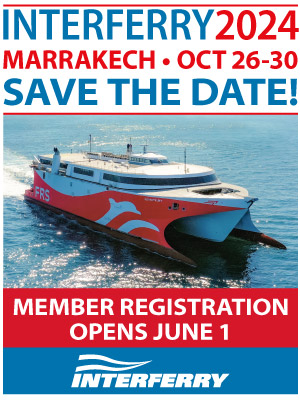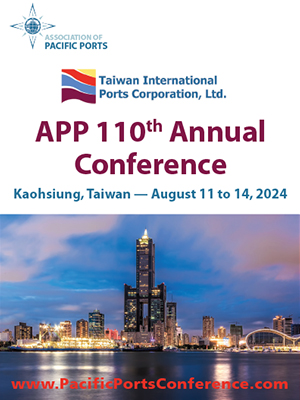The Association of Pacific Ports is pleased to welcome Salus Resources as our newest Associate Member. With extensive experience in environmental impact analyses, President Zach Hughes described the company’s unique skillset that assists clients with projects involving the Endangered Species Act (ESA), the National Environmental Policy Act (NEPA), and the Marine Mammal Protection Act (MMPA). His specialty is sound impact analysis. “We’ve done over 200 ESA consultations directly and more than 100 that included sound impact analysis,” he said, adding that much of his work involved infrastructure projects for governments and ports.
Hughes spent five years in the U.S. Coast Guard before obtaining his Bachelors Degree in Environmental Science and a Certificate in Restoration Ecology from the University of Washington as well as his Masters in Sustainability from Arizona State University. Before setting up his own consulting firm in 2016, he worked for NOAA Fisheries in Washington State for over five years. The experience with NOAA as well as his time in the USCG has afforded him great familiarity with the Pacific Northwest and Alaska regions.
In addition to offering environmental impact analysis services for businesses, non-profits, state agencies, and the federal government, Salus Resources offers custom tool development using Geographic Information System Mapping with online interfacing for environmental analysis and project management. “We use GIS for modelling as well as PHP and MySQL which allows us to integrate databases and bring in a lot more information,” said Hughes. “From that, we can perform analysis directly with the data online that includes an interactive component for clients.” Indeed, Hughes noted that the interactive features for clients was key for projects involving ESA requirements to be able to build an administrative record.
Another key area that speaks to Hughes’ expertise revolves around acoustic monitoring. Pile driving, for example, is an activity that will often require mitigation actions. “There are a number of different methods available to mitigate the impact of sounds,” said Hughes. “We’ll identify the impact, but we’ll also provide recommendations on how to mitigate the effects.” Importantly, we can also expertly anticipate how the National Marine Fisheries Service will interpret sound effects, which can really help facilitate permitting that requires an ESA and obtaining incidental harassment authorizations under the MMPA. This can help prevent having to change project plans at the last minute or come up with new plans for protected species observers. And whether it’s a small port with a few piers or a larger one with thousands, Salus is able to take on the project.
Related to mitigation, Hughes and the Salus team will often act as a liaison between the client and NOAA. “There are usually a number of remedies available to a port that will meet the goals of NOAA, anything from understanding the timing of wildlife runs to compensatory mitigation methods,” he said, adding that more often than not, there are ways to bring both parties together to achieve common goals. “The way they talk to each other can adversarial even though their goals don’t really conflict. They’re not really that far apart but the value we bring to the project is in how we can relate to both the client and the government agency, being able to communicate effectively and constructively between the two different positions.”
Whether Salus takes the lead in a project or contributes as part of a larger team, Hughes is comfortable with either role. To give just a few examples, he described being brought in to undertake components of larger projects with such companies as HDR Engineering where the company has taken on the acoustic segment or contributed to an Environmental Impact Study. He also described a larger project where they are working with FEMA in Oregon on a national flood insurance implementation program. “NOAA Fisheries found that FEMA’s process was jeopardizing a number of fish species so a whole different strategy was needed, and we’ve been facilitating that process. There’s been a lot of stakeholder outreach and working toward build a plan for recommendations that will work with the 250-plus communities affected. There are a large number of factors – political, environmental, etc. – and it’s our job to come up with strategies and options that work for everyone.”
In summing up, Hughes was pleased to be joining the APP to be able to expand his network and apply his skills in new regions and tasks. “We’d like to do more work on the Pacific Coast and Hawaii as well as take on more projects that allow us to get more involved in permitting processes,” he said. “Our skills in building online tools, conducting outreach exercises, managing data and analysis as well as mitigating designing projects have been successfully applied for a number of clients and we look forward to working with the APP to be able to offer these to a greater audience.”
For more information about Salus Resources, visit www.salusresources.com.
